Your cart is currently empty!
hypericum spp.
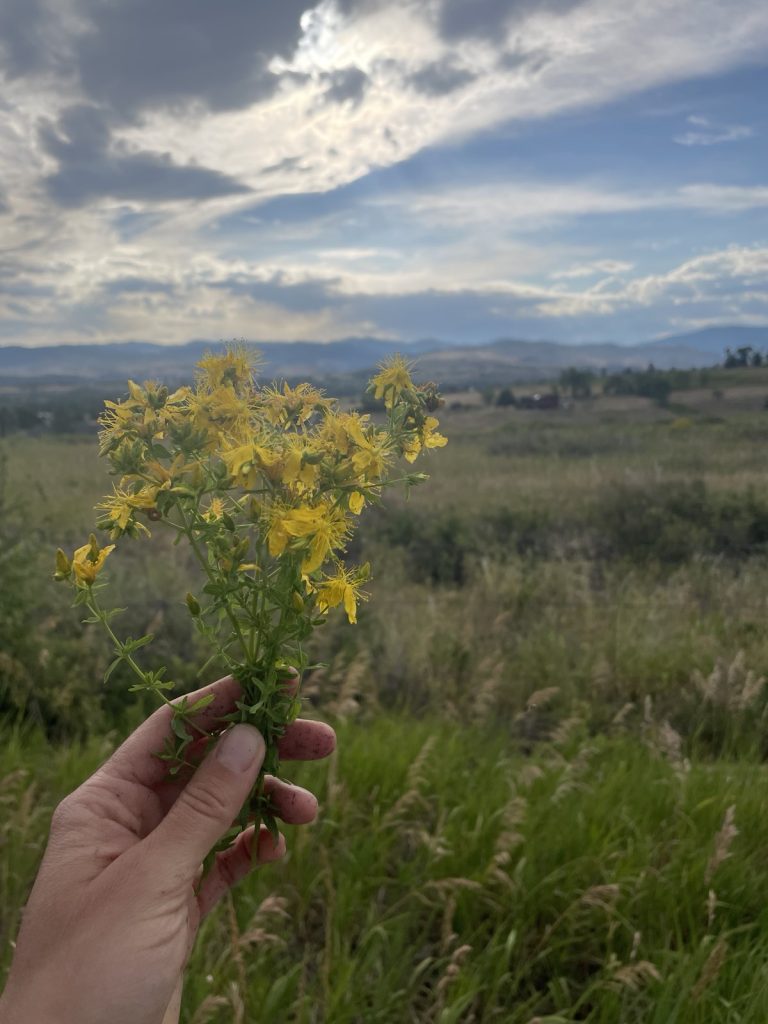
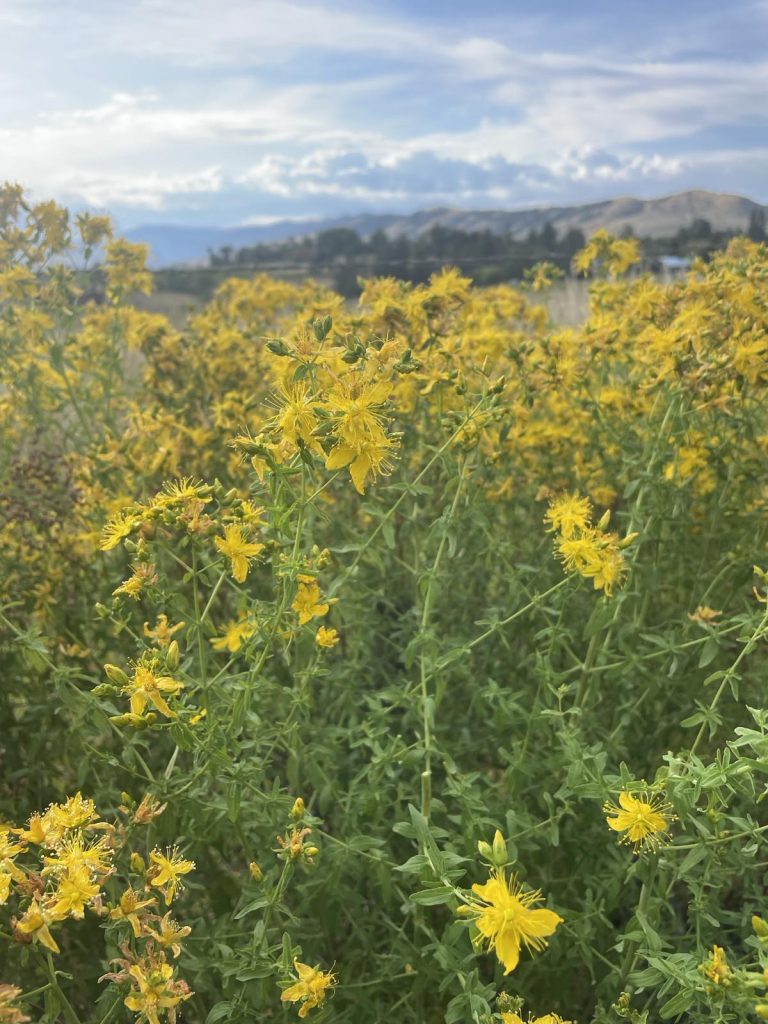
St. John’s Wort refers to many plants in the Hypericum species – known for their bright yellow flowers and the red pigment that comes from the flowers when they are crushed. Hypericum – coming from the Greek work hyper (above) and ikon (icon) is probably a reference to how this plant was hung above icons for protection. It has long been used as a medicinal plant throughout history and there are mentions of it being used since antiquities by Greek physicians to treat wounds, venomous bites and burns, and also as a talisman to ward off evil spirits. It’s well known for treating melancholy with its calming effects.
St. John’s Wort is in full bloom in the early summer, and in Christian tradition, it was collected the eve of the feast day of St. John – June 23rd – when it was believed to have it’s peak of medicinal and supernatural properties. It would be placed under the pillows of the believers in hope that St. John would visit them in the night and grant them another year free from death and sorrow. As is so often, Christian traditions come from older pagan traditions, and St. John’s Wort was collected during the summer solstice (June 20th) to ward of evil spirits.
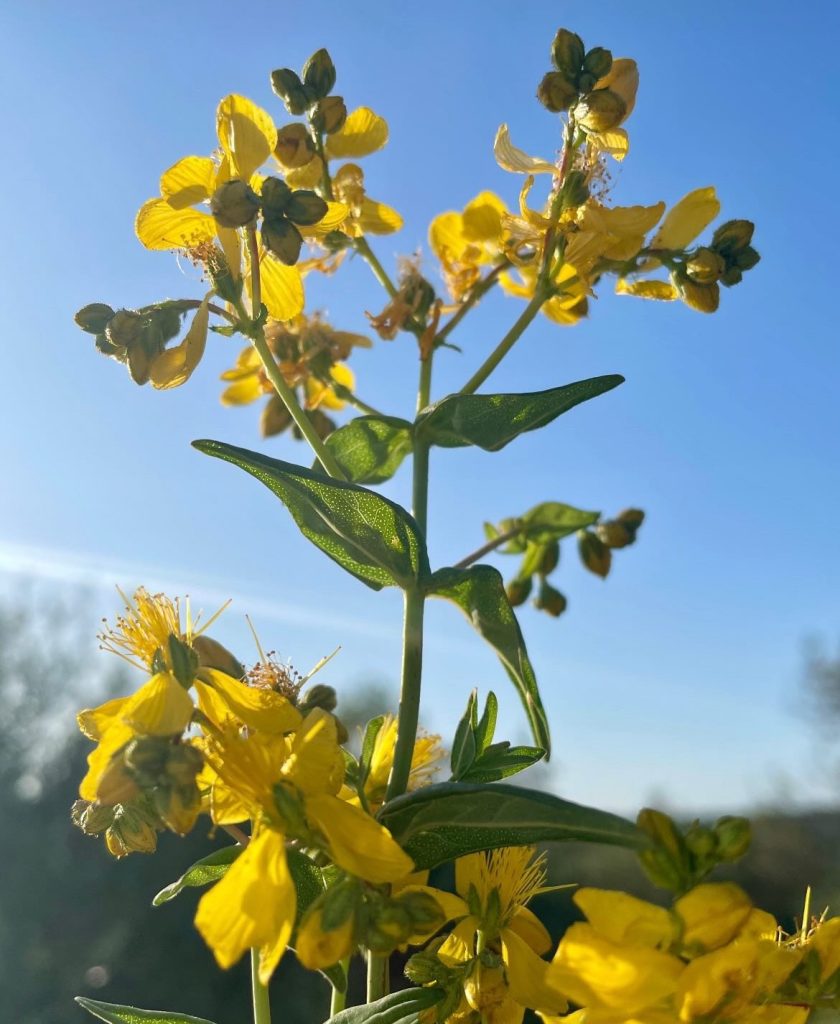
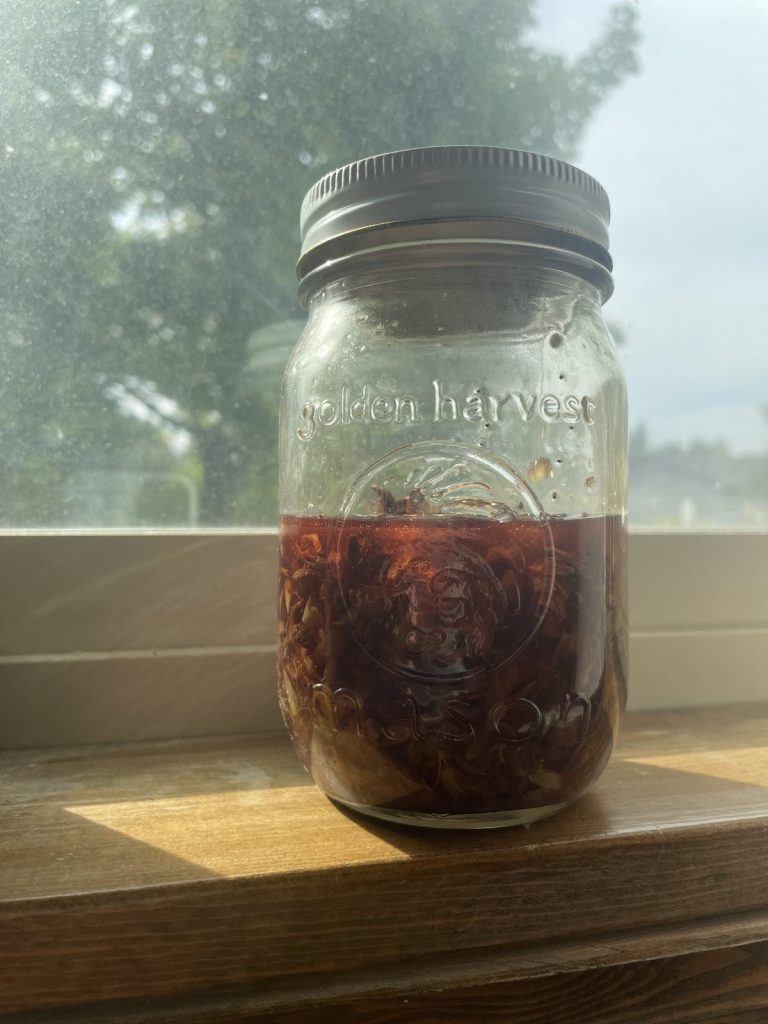
It’s still used today to create salves and oils, and in tea to treat digestive issues and help with mild depression, sadness and sleep issues.
In Crete, St. John’s Wort takes on a more bristly form, as it has adapted over time to the dry and windy climate of the island. It’s still widely collected all over Greece to create and all-purpose red colored healing balm called spatholado.
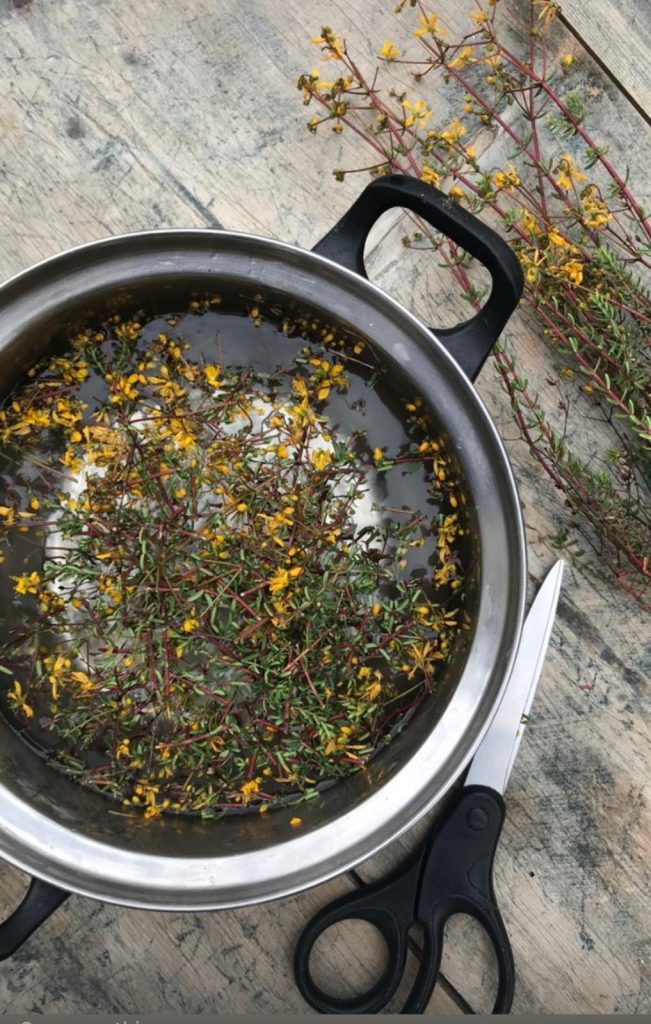
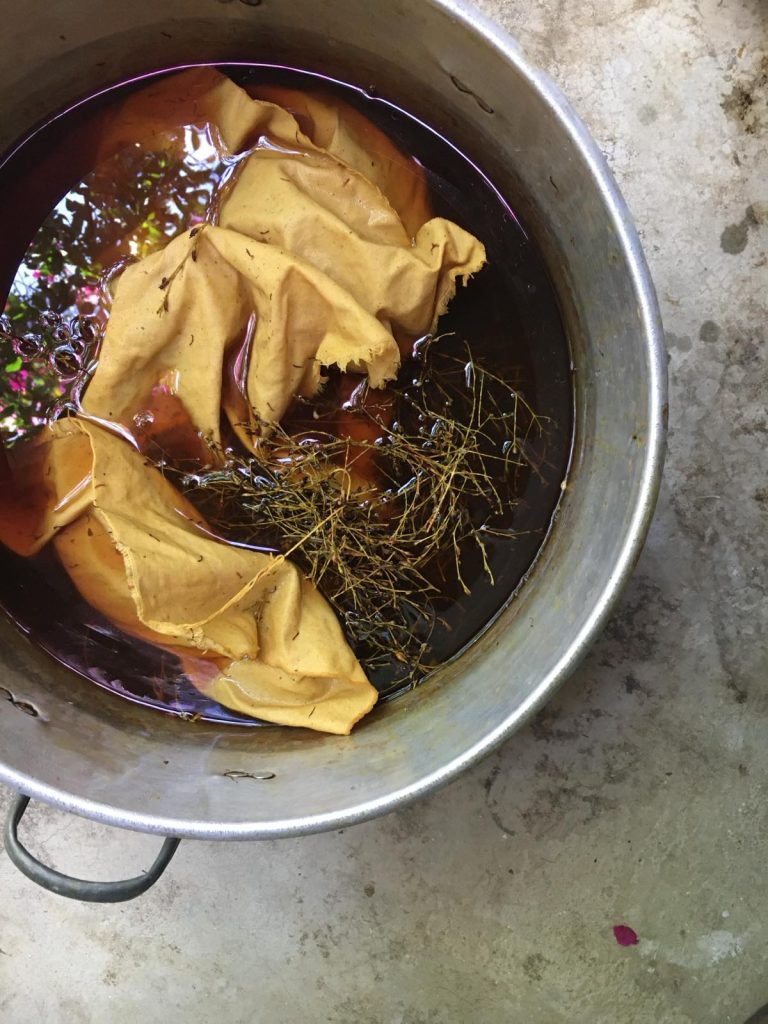
In natural dyeing, St. John’s Wort is used to create shades of yellow, brown, beige and gold. I was surprised how bright yellow my results were from the local species here in Montana, compared to the more earthy tones I usually got from the Cretan species. I love using medicinal plants to dye fabric, and surely some of the medicinal properties of St. John’s Wort are transferred to the fabric. It’s just one more way we can get the most benefits from the plants around us.
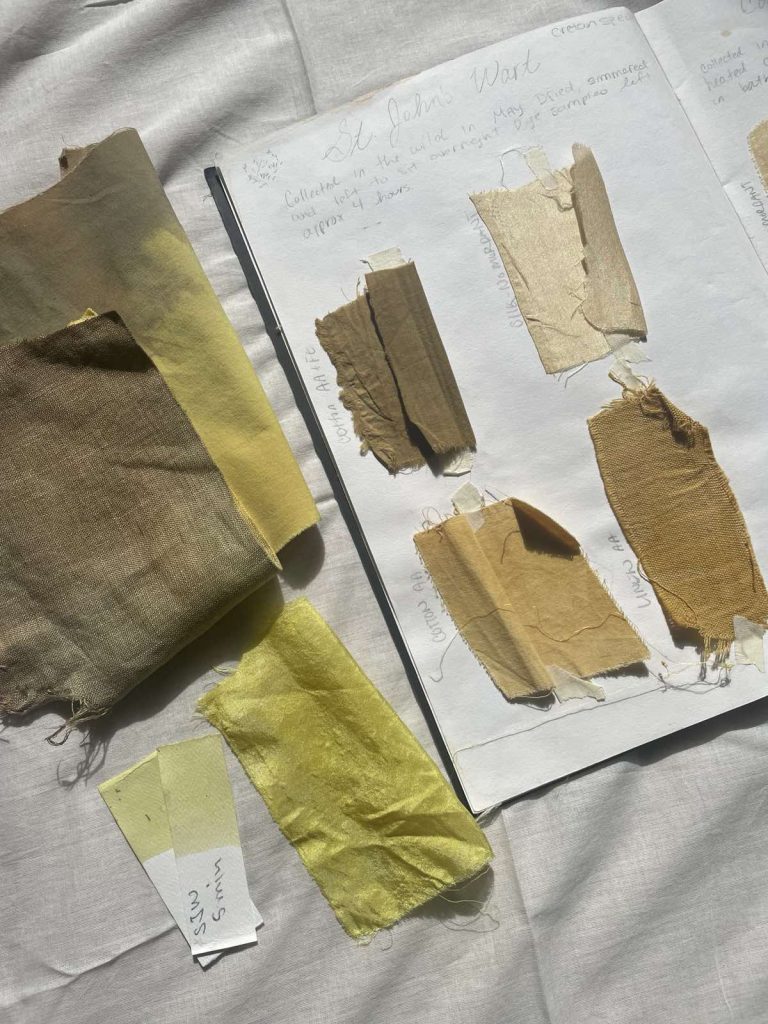
Leave a Reply